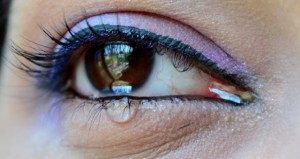
By Rowena Kong
Which would you do better at: detecting similarities amongst a group of items, or brainstorming an original title for a thriller movie? Chances are, your level of performance on these two representative measures of creativity can be influenced by the social environment around you, and particularly by the behaviour and backgrounds of the people with whom you interact. One study by Ashton-James and Chartrand (2009) showed that the effect of social interaction on creativity occurred through the activation of thinking styles. The authors hypothesised that mimicry of participants’ behaviour without their awareness would induce a convergent thinking style, and that a divergent thinking style would be observed when participants were not mimicked. Indeed, the outcome revealed that the mimicry condition led to higher scores on a convergent thinking task (pattern recognition) while the non-mimicry condition produced better performance on a divergent thinking task (generation of novel product labels).
Continue reading →


 Follow
Follow


